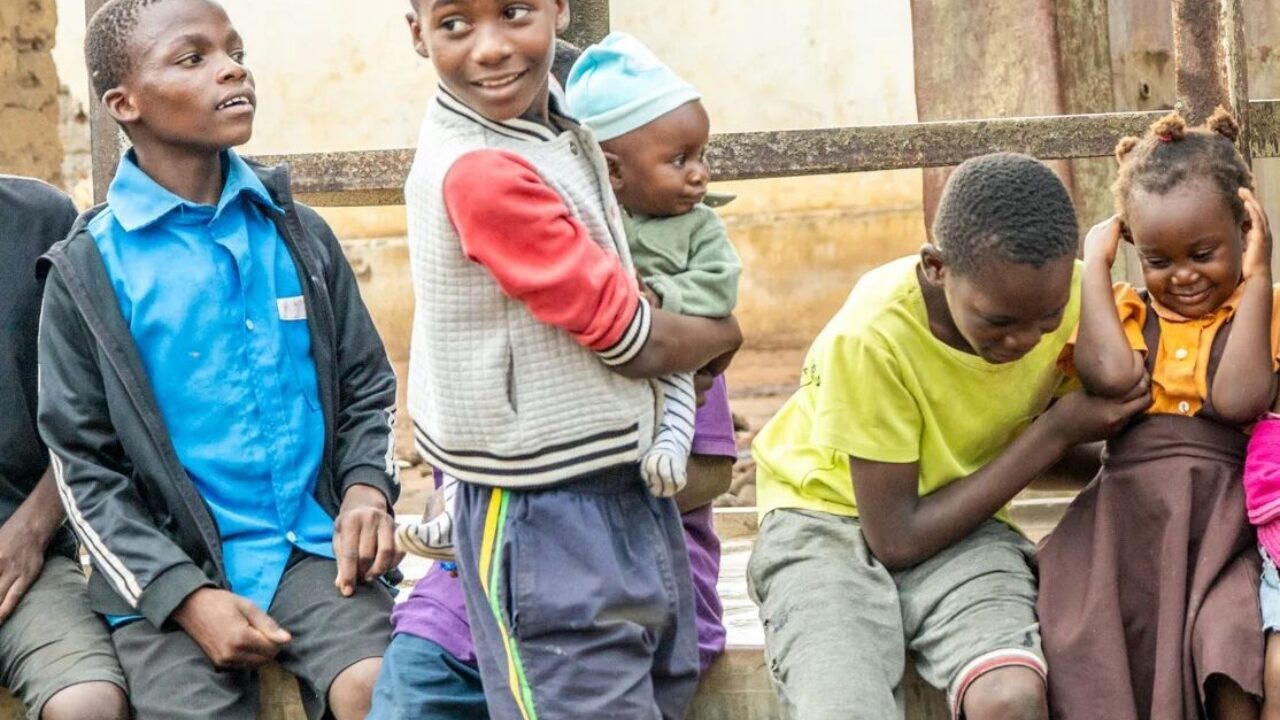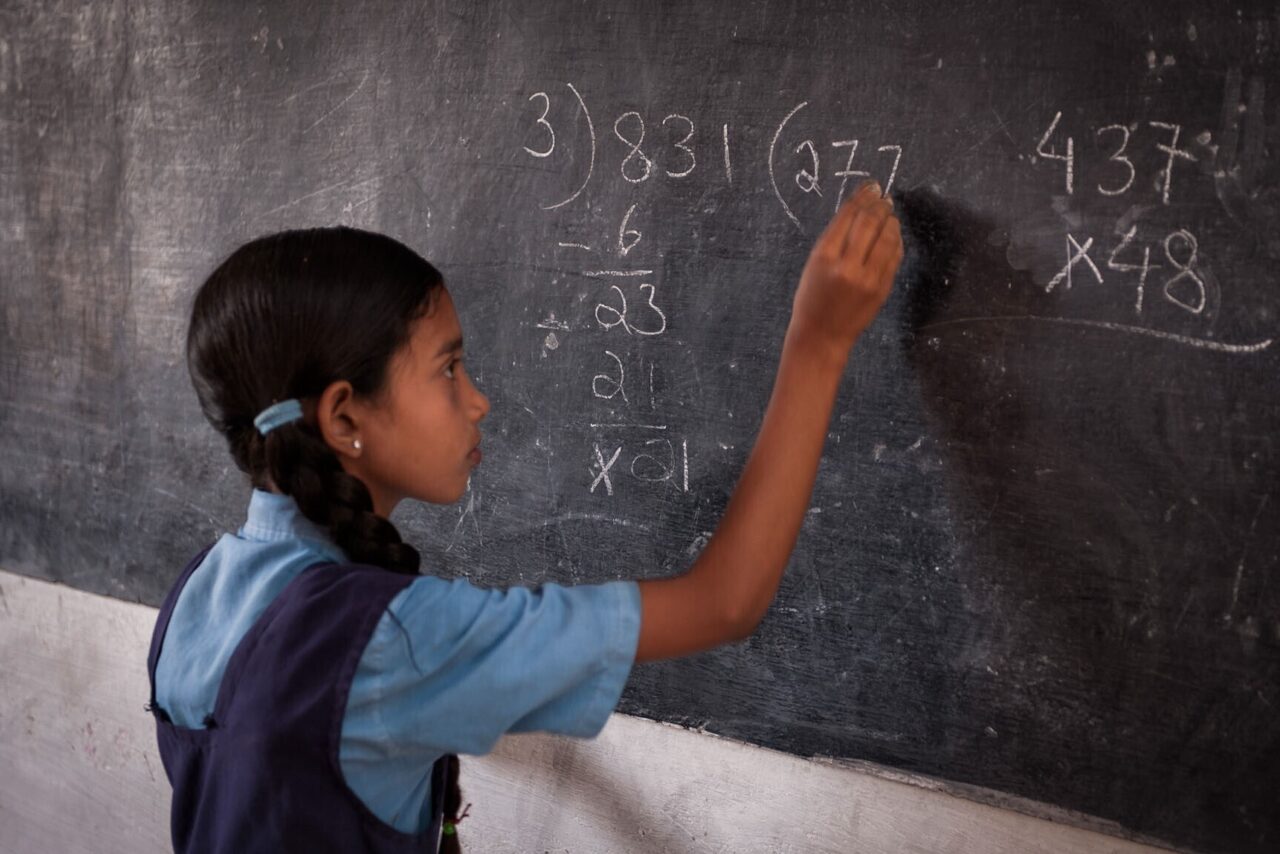
Our pursuit of cost-effectiveness enables us to achieve the greatest impact possible
Why it matters: Cost-effectiveness is key to doing development differently
Analyzing cost-effectiveness allows us to save and improve more lives.
Data drives every decision we make at Evidence Action. Cost-effectiveness is one of the key ways that we choose which proven health solutions to pursue. It tells us how much impact an intervention will create, compared to others, for each dollar that’s invested in it. In other words, it helps us answer the question: What will do the most good for the lowest cost?
Global health funding isn’t limitless, so every dollar counts. And priorities matter – organizations and governments must make tough choices all the time about which challenges to tackle and which solutions to use.
Our commitment to cost-effectiveness sets us apart — this is not development as usual. But it’s key to unlocking meaningful progress for millions of people. In order to create real, measurable improvements to health and wellbeing, we have to follow the data and maximize the impact of every dollar. And that’s exactly what our approach to cost-effectiveness allows us to do.

What is Evidence Action’s approach to cost-effectiveness?
Our team calculates the value of each intervention – we call this process our cost-effectiveness analysis. It involves crunching the numbers to quantify both the benefits of an intervention (like lives saved) and the costs of delivering it. This allows us to compare different interventions – both against our own standards of cost-effectiveness, and against other options – and see which deliver the biggest bang for the buck.
This strategic focus is core to how we deliver outsized impact. Our cost-effectiveness analyses are complex, so let’s break down some of the key components:
Considering the counterfactual:
We examine the counterfactual – what we believe would happen without us. For example, if we were to not bring our water treatment interventions to a community, how many people there would otherwise be able to chlorinate their water? By considering the counterfactual, we’re able to more accurately model the marginal benefits and costs that Evidence Action’s work may drive.
Calculating costs:
We look at what a program would cost to run – not only for us, but also for our government partners. For early-stage programs, we assess costs by using our budgets, and for programs that are further along we leverage cost actuals.
Quantifying impact:
We then estimate the expected health benefits of the intervention, using existing evidence from rigorous research. To compare the impact of very different interventions – like in-line chlorination versus maternal syphilis screening and treatment – we usually focus on calculating two metrics: deaths averted and disability-adjusted life years (DALYs) averted. DALYs are a measurement used by researchers in global health to measure the global burden of disease. It essentially measures the years of healthy life lost because of a disease (one DALY equates to one lost year of healthy life).
For certain interventions, we take a different approach, looking beyond health benefits – using other ways to measure wellbeing, like income or productivity gains. This reflects the measurable improvements our programs can make to help people not only survive, but thrive. In order to model the long-term economic returns of Deworm the World, we used the seminal research by Ted Miguel and Michael Kremer along with an epidemiological model developed by our lead epidemiologist and cost-effectiveness team. We estimated that by 2042 the program’s first decade will likely have increased individual livelihoods by over $23 billion across Kenya, India, Nigeria, and Pakistan.


Designing and optimizing programs using cost-effectiveness
Cost-effectiveness is an integral part of our work at Evidence Action – it’s in our DNA. Our cost-effectiveness team analyzes all of our programs, both new and established, to determine the value of each one and to help our program teams make changes when needed. Here are some of the ways we apply cost-effectiveness analyses:
Evaluating new interventions
As we’re evaluating new interventions in our Accelerator, our engine for new program development, cost-effectiveness is one of the important factors that we examine, along with evidence of impact and potential for scale. Our team develops early stage analyses, assessing the rough cost-effectiveness of prospective interventions to determine which are viable and which should be prioritized for implementation. Take a look inside our Accelerator here.
Continuously analyzing cost-effectiveness throughout program lifecycles
We regularly review costs and monitoring results of our existing programs to evaluate the cost-effectiveness. This insight helps guide program teams in their decision-making. Here’s an example: Our cost-effectiveness team conducts annual cost per child analyses for Deworm the World, incorporating both the costs of program delivery and the reach of the program for that particular year. These calculations are helpful when we’re exploring possible program changes. When we needed to find an alternate delivery platform in Sindh, Pakistan, our costing tools allowed us to predict which approach would be most effective and affordable. Read more about how this cost-per-child data helped us in the real world.
Expanding and launching programs into new geographies
Cost-effectiveness analyses are used to identify the highest burden geographies, so that we can maximize where our programs do the most good. By continuing to expand the reach of our proven programs to where they’re needed most, we believe we can continue to build upon the successes and impact that we have had over the past 10 years.
Frequently Asked Questions
How to make your donation go the farthest
Your donation goes furthest at Evidence Action because we focus exclusively on health interventions that deliver exceptional value for money — often 10 to 100 times more cost-effective than typical global health programs. While many organizations work on important problems, we specifically seek neglected solutions where funding gaps are largest and your dollar can have outsized impact. We identify neglected, evidence-backed health solutions where funding can have outsized impact, then work with governments to deliver them at scale. This approach, grounded in our value of "economize without compromise," means your donation delivers exceptional value: reaching more people, saving more lives, and creating lasting change in health systems.
How can you ensure that your donation makes a real impact?
Your donation directly funds proven, cost-effective health interventions that save and improve lives at scale. We only pursue solutions backed by rigorous evidence — typically multiple randomized controlled trials showing measurable impact. Our monitoring, learning and evaluation team tracks results continuously, measuring outcomes against clear benchmarks. When programs don't meet our cost-effectiveness thresholds, we make the difficult decision to exit, even from successful programs. This discipline ensures every dollar you give creates maximum impact where it's needed most.

